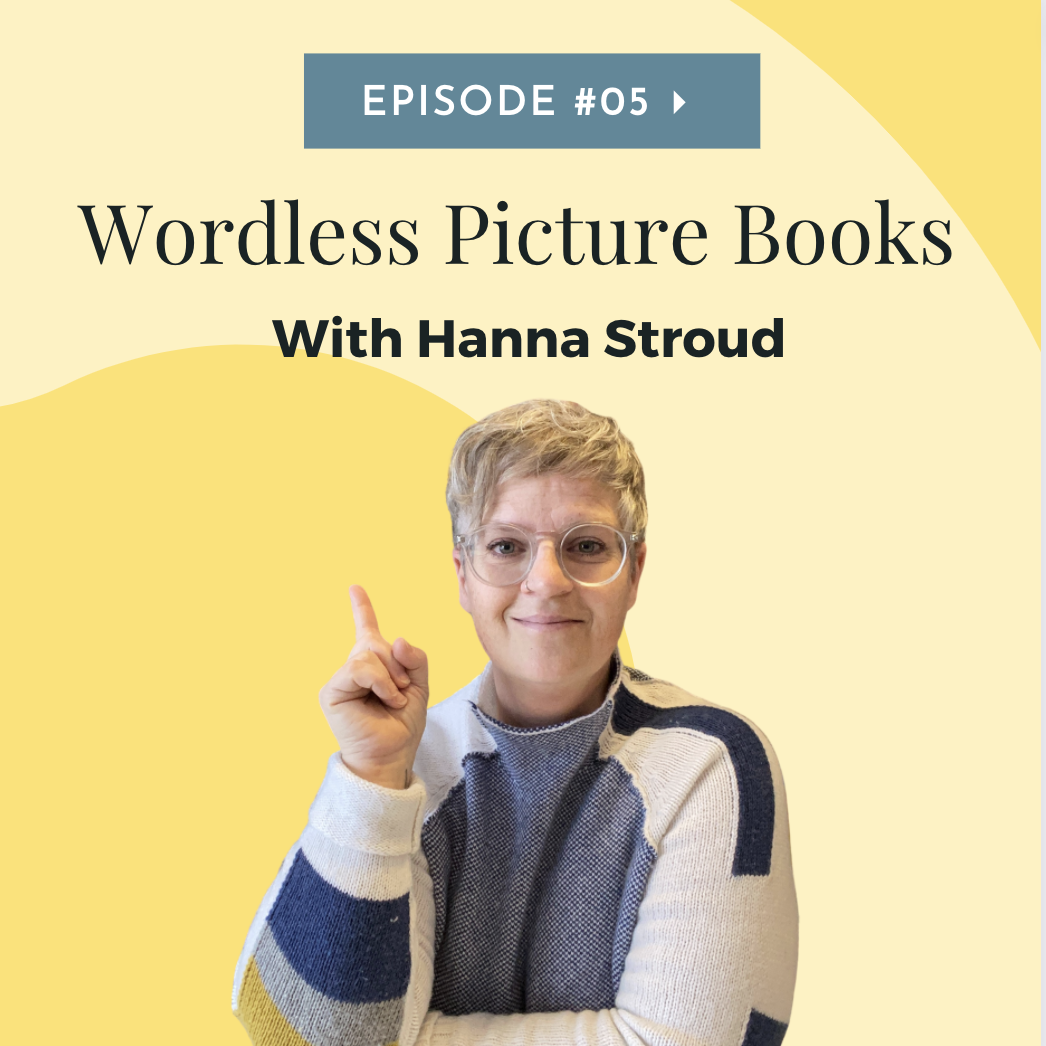
Structured Literacy and Lively Letters
It is said that literacy and language are two sides of the same coin. After all, how can you be literate if you cannot read or write? And how can you read or write if you do not have a firm grasp of language? This is why speech and language are so closely connected to literacy. Part of the reason why early intervention is so important when it comes to literacy is because, if caught early enough, issues with speech and language can be remedied before they have a chance to impact literacy. However, it is also important to remember that prevention is always better than cure.
In today’s episode, I am interviewing the founders of Reading with TLC, Nancy Telian and Penny Costagnozzi. Reading with TLC provides research-based professional development and materials for reading and spelling. She is the author of the internationally acclaimed Lively Letters program, which simultaneously trains the acquisition of phonemic awareness and phonics skills. Nancy has been on a mission with Penny, author of Sight Words You Can See, since 1991 to ensure that literacy is achieved by all.
As you know, I’m a huge supporter of the Lively Letters program and use their resources with my students often. I’m excited to let you hear their story and share with you their take on language and literacy.

Wordless Picture Books
Wordless picture books are a fascinating and misunderstood genre of children's literature. By relying heavily on illustrations, they offer a unique form of storytelling that can be extremely versatile and supportive of oral language, vocabulary, and writing skills development.
I’ve seen firsthand the incredible impact wordless picture books can have on students, and through this episode, I hope you’ll see the hidden opportunities within this genre.
So if you’re a parent, caregiver, educator, or speech and language pathologist-this is an episode you won’t want to miss!

Thinking Critically About Children’s Picture Books

Multi-Sensory Activities to Support Literacy Goals
Multi-sensory activities can be a great way to support your child's learning. They involve the use of multiple senses to help students learn through different modalities such as visual, auditory, and tactile stimulation.
By incorporating a multi-sensory approach, you engage all of the senses which helps your child focus and retain information more effectively. Plus, it's just plain fun!
Interested in incorporating multi-sensory activities to support your little learners? Then this is an episode you’ll definitely want to tune in for.

Structured Literacy and the Science of Reading
